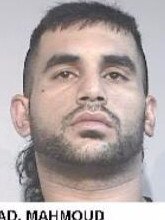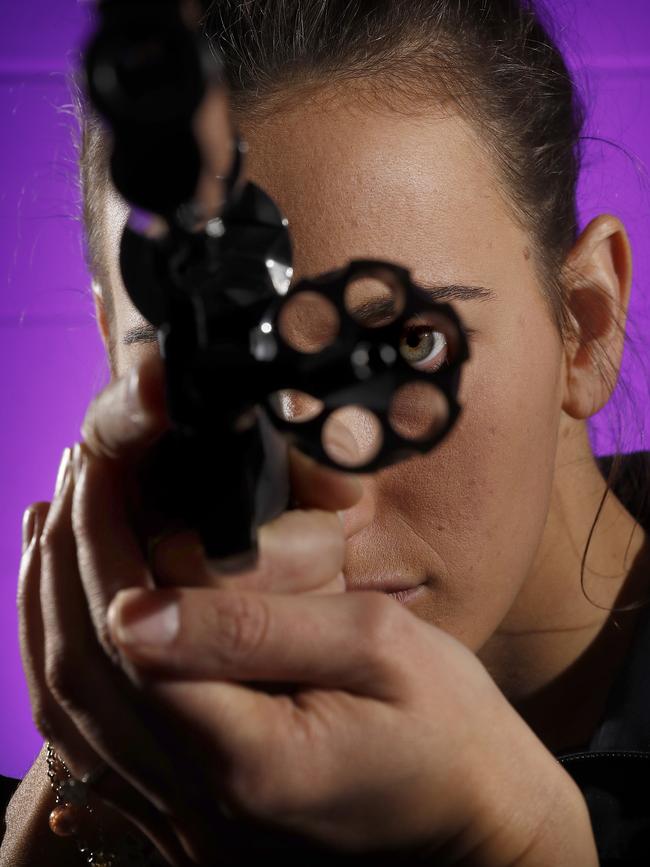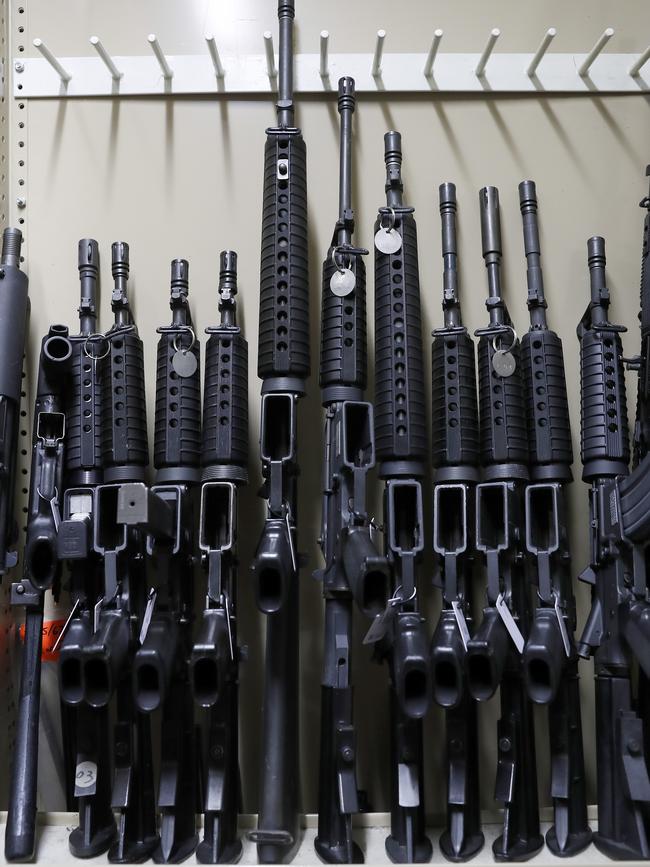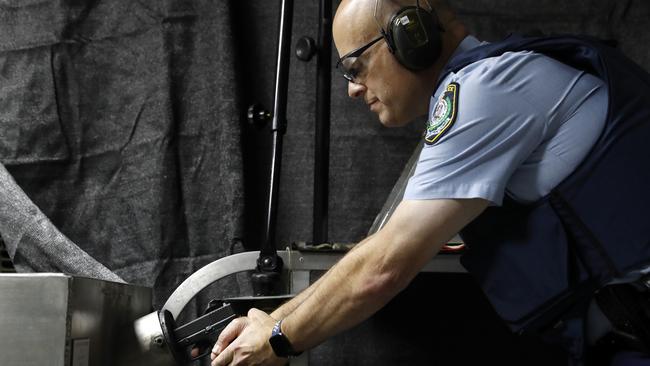Secret weapon aiding police amid increasing gangland gun fights
An international database that allows police to link even the tiniest bullet fragment to a shooting is a secret weapon helping police in the fight against gangland gun crimes.
Police & Courts
Don't miss out on the headlines from Police & Courts. Followed categories will be added to My News.
An international database that allows police to link even the tiniest bullet fragment to a shooting is helping in the fight against the increasing number of gangland gun crimes.
In the aftermath of Bilal Hamze’s execution-style murder in Sydney’s CBD last Thursday night, officers from the NSW Police Forensic Ballistics Unit were among the first on the scene gathering evidence, such as stray bullets that may have missed the underworld boss, or cartridge cases lying on the footpath.
While determining from where the gunman fired the shots still requires old-school police work, the bullets and casings are taken back to the Sydney Police Centre and fed into the Integrated Ballistics Identification System (IBIS) which compares them to more than 58,000 others already in its library.


The IBIS allows them to link the projectiles back to a gun, a crime, or in some cases, the shooter.
“It’s critical in solving firearm crime, without this instrument we can’t manually perform all these matches. It would be very labour-intensive and we just don’t have the time,” Det Snr Sgt Schey said.
One case in which IBIS was critical in finding a gangland killer was the murder of Safwan Charbaji.
It was a Saturday afternoon in April 2016 when Charbaji was shot dead at a Condell Park garage by Walid “Wally” Ahmad, who was himself executed at the Bankstown Centro shopping centre just three weeks later while he was sitting at a cafe, with CCTV capturing the crime.


When each gun is created, a twist is made in the inside of its barrel so that when a bullet is fired it spins like a torpedo.
This enables a bullet to cut through the air and fly much straighter. But no two twists made in a barrel are ever the same, so a gun is unique.
From this, police can link bullets directly back to a gun with certainty, as they did in the Charbaji shooting.
“We attended the scene, processed the scene and worked out directions where the shooters were standing and that three guns were used at the scene,” Det Snr Sgt Schey said.
“So then all the exhibits come back here afterwards and all the bullets, and cartridge cases, come back and we separate them into three groups — and then the bullets from the deceased.”


But in the case of the bullets used to kill Charbaji there was no match — at least not initially.
“Then a year later, in April 2017, a brown Porsche station wagon was stolen from a home at Little Bay and the vehicle was recovered at Bankstown,” Det Snr Sgt Schey said.
“Within the vehicle were four guns.
“So, not knowing that they were related to anything, those guns came to us.
“They were examined and they were test fired, and those bullets and cartridge cases were compared against all the unsolved crimes.
“(IBIS) indicated that (one of those) guns was good for the shooting (of Charbaji) and so we put them under a microscope and make the hit, much like we do when comparing people’s fingerprints.
“Of those four guns, two were linked to other outstanding crimes and two of them were linked to this job.”


Mahmoud admitted to firing a warning shot as the skirmish broke out before fleeing in a white HiLux and last year pleaded guilty to manslaughter, for which he is currently serving a four-year prison sentence.
With the IBIS system providing three-dimensional images of each bullet and cartridge, the ballistics team is able to compare them down to the smallest indent or marking. IBIS correlates all the images on its database every hour to ensure the most up-to-date potential matches.
But it does not just keep local data, with NSW Police able to match evidence to guns from across Australia and even internationally.


Over 21 years — including the seven years there has been a nationwide system — IBIS has led to more than 1500 matches in Australia, either from a crime to a crime, or a gun to a crime.
With guns often passed around between criminals or groups, the same weapon can be used for different shootings in multiple states and by multiple people.
Currently, the team is looking at a firearm that was used in a Sydney murder earlier this year that IBIS has linked to seven other shootings nationwide.





